On Twitter, I am asked daily for reading recommendations. I hope this post helps point you in a good direction. I’ve read the deepest into prehistory and Eastern Europe/the Steppe, so here are some interesting books (bad reads have been left out):
Prehistory
“War Before Civilization” (1997) by Lawrence H. Keely is the best introduction to prehistory. Keely gives the reader an insight into the importance of violence in all societies and a sense of human nature. Second, it also lets the reader know that even rustic prehistoric societies were quite dynamic. Very readable.
“The First Farmers of Europe” (2018) by Stephen Shennan. I regularly refer back to this as a reference guide for the “Early European Farmer” societies of the Neolithic that ruled much of Europe 6200-2200 BC as well as their origin in Anatolia. It is a good source for comparisons between different farming societies as well, as well as on population growth in those societies. A bit outdated due to new ancient DNA finds, it holds up well.
“1491: New Revelations of the Americas Before Columbus” (2006) by Charles Mann. Right on some things (civilization in Amazonia), wrong on others (Caribbean population in the millions before Columbus), Mann’s book is a very good read not just for its information on Amerindian societies, but as a source of information on what other neolithic societies may have been like in the Old World.
“Comanches: The History of a People” (1974) by T.R. Fehrenbach. An engaging read about one of our fiercest and most successful of enemies, and also useful as a reference for what a hunter-gatherer tribe turned horse-nomad empire could be.
“Ecological Imperialism” (1986) by Alfred Crosby. The better written predecessor of “Guns, Germs, and Steel”. Very important read on how European colonists changed ecologies of the regions they colonized, and why temperate areas like Australia and North America succumbed to colonists while other regions didn’t.
“The Prehistory of 73+ Bantu Languages and Bantu Language Groups of Zambia 3000 BC to AD 1600” (2016) by Nicholas Katanekwa. Only book on the Bantu Expansion that I’ve read - good overview of the various migrations, even though doesn’t include recent DNA findings. What started off as an expansion of farmers turned into a series of conquests by iron-wielders.
“The Urals and Western Siberia in the Bronze and Iron Ages” (2002) by Lyudmila Koryakova and Andrey Epimahov. Part of the very useful Cambridge World Archaeology” series. The authors have a metal-centric view of prehistory, which is useful when considering the Indo-European and Uralic expansion. Very good reference for the Uralic expansion across the Urals into northern Europe.
“Twilight of the Mammoths” (2005) by Paul Martin. It’s an okay read, dull bits about doing archaeological work with some interesting pieces about how megafauna extinction left a number of ecological niches empty.
“Plagues and Peoples” (1976) by William McNeill. Strongly recommend, even if outdated by more recent research into disease. Author has an interesting take on society from a disease’s perspective. He divides pressures on people as being from macroparasites (governments, warlords, etc) and microparasites (actual diseases). Changing ecologies - whether from climate or agriculture - changed the balances of parasitism. Also discusses how cities are population sinks - poorly fed urbanites in dense conditions die in droves of diseases, and have to be replenished from the countryside.
“The Horse, The Wheel, and Language” (2007) by David Anthony. While outdated (this book was before most ancient DNA work and attributes the Indo-European expansion as a cultural and economic phenomenon), it is still the best archaeological reference for the Indo-Europeans.
“The Archaeology of the Caucasus” (2017) by Antonio Sagona. I constantly refer back to this very dense and difficult book. The Caucasus are notoriously diverse, and the origins of the peoples there are heavily disputed. Nonetheless, the region played an important role both in the rise and spread of civilization in the Middle East, as well as in the culture of the Indo-Europeans.
“Tracing the Indo-Europeans” is a collection of essays on a number of Indo-European topics. Most of them are covered in “The Horse, the Wheel, and the Language”, but this has a much better description of the koryos war bands, ritual burial, and horse sacrifice. Also has a deeply intriguing theory (I don’t know how true it is, even the author seems uncertain) about the spread of yoga from India to Scandinavia in the Bronze Age.
Prehistory has been greatly illuminated by the ancient DNA finds of the last decade, and no book is up to date with them. These books should only be taken as an introduction to prehistory. David Reich’s book is supposed to be good as a summary of the DNA finds up to 2018, but I haven’t read it myself.
Eastern Europe and the Eurasian Steppe
“A History of Ukraine” (1996) by Paul Magocsi. My personal favorite Ukrainian history, with a lot of great detail on the political and ethnic diversity in the region. It also presents a lot of evidence supporting cycles of population growth and colonization followed by mass die offs and societal collapse. Ukraine is very flat, and was very vulnerable to the predations of horse nomads for 5800 years.
“The Northern Wars” (2000) by Robert Frost. Primarily a military organizational history, this book does discuss the demographics and internal structures of the state. It discusses how the Estonians and Baltic peoples endured their far stronger neighbors - the Poles, Germans, Swedes, and Russians were urbanites who repeatedly slaughtered each other while the rural Estonians and Balts hid in the countryside.
“1812: Napoleon’s Fatal March on Moscow” (2012) by Adam Zamoyski. Zamoyski is an engaging writer, which made reading this a pleasure even if he is (understandably) Polish centric.
“Setting the East Ablaze: Lenin's Dream of an Empire in Asia” (1984) by Peter Hopkirk. Fun read on Communist intrigues in China, India, and Central Asia in the 1920s and 1930s. Notably discusses M.N. Roy - founder of communist parties in both India and Mexico.
“Poland: A History” (2009) by Adam Zamoyski. Solid overview of Polish history
“Warsaw 1920” (2008) by Adam Zamoyski. Quick read on the Polish-Soviet War. Has a background of Stalin’s rivalry with Trotsky and Tuhachevsky. However, takes Polish reports too credulously.
“Lenin: A Biography” (2000) by Robert Service. One of the most boring books I’ve ever read. If you are interested in intra-socialist disputes you may find it interesting. It does have an amusing mention that the Russian Empire’s secret police supported Lenin as a man so unlikable that he could undermine the socialist movement.
“Peter the Great: His Life and World” (1980) by Robert Massie. Massie views history as biography, and it shows in this book. Overdoes Peter’s anti-Christianity, but a fun read with a good discussion of the Battle of Poltava.
“Russia's Steppe Frontier” (2002) by Michael Khodarkovsky (no relation to the similarly named oligarch). All societies found it difficult to include both cattle herders and farmers under the same government - Russia was no exception. This is a good read on how the Russians worked with and against the steppe peoples. The parts about the translators are particularly useful - there were few people bilingual in such combinations as Russian and Kalmyk, so translators ended up being important in their own right. They would have to translate treaties in such a manner as to please both parties, even if the translations contradicted each other.
“Russia in Flames” (2017) by Laura Engelstein. Useful read on the Russian Civil War from a woman sympathetic to the Constitutional Assembly and the Socialist Revolutionaries. Argues that Russian autocracy had stifled the development of civil society, and left a vacuum only a more total system could fill.
“Catherine the Great: Portrait of a Woman” (2011) by Robert Massie. Another history as biography, focusing on Catherine the Great’s private life over the policies of her government. Does make a convincing case that government by queen’s lover is quite capable.
“Medieval Russia, 980–1584” (2008) by Janet Martin. Good one volume summary of the medieval Russian states and rise of Moscow. However she tries unsuccessfully to find themes in Medieval Russian history where none exist. If you are looking for a deeper dive, Solovyov’s multivolume history is a better place to look. That being said, she draws on modern scholarship for certain important issues, such as the development of winter resistant rye in allowing Russian population to grow into the millions.
“The Making of the Polish-Lithuanian Union 1385-1569” (2015) by Robert Frost. Very detailed work on the gradual evolution of the union between Poland and Lithuania, as well as the internal politics of those two realms. The internal dynamics within the Grand Duchy of Lithuania (which included much of Belarus and Ukraine as well as Lithuania proper) are particularly relevant. The Orthodox Slavs under Lithuania were gradually absorbing their Lithuanian lords and favored Lithuanian independence from Poland. As union between Poland and Lithuania developed, the Orthodox Slavs caused problems.
“Bitter Choices” (2011) by Michael Khodarkovsky. Another history as biography, though of an obscure figure whose life the author uses to illuminate Russia’s 19th century wars in the North Caucasus. Solid and quick read.
“The Revolt of 1916 in Russian Central Asia” (1954) by Edward Sokol. First part of the book details the political and economic evolution of Central Asia in the decades preceding the rebellion, and are very useful.
“The 'Russian' Civil Wars, 1916-1926” (2015) by Jonathan Smele. My personal favorite English read on the Russian Civil War. While just a rough outline, Smele does a good job of covering all of the theaters. Conclusion makes the argument that Bolshevik victory was due to their totalitarian ideology allowing them to mobilize the (organization, communication, population, industrial, and bureaucratic) resources of the most developed part of Russia against the poorly connected periphery.
“Taming the Wild Field” (2004) by Willard Sunderland. Pre-modern Russia developed mostly north of the forest line, where the Orthodox Slavs could have some protection from horse nomad raiders. Much of the steppe was only colonized in the last 250 years. This book discusses that. Also has some interesting mentions of government marriage practices where bride kidnapping or assignment were used to increase population growth.
“The Baron's Cloak” (2014) by Willard Sunderland. Another history as biography, this time about the infamous Mad Baron of Mongolia, Roman von Ungern-Sternberg. Interesting read that covers the Baltic Germans and the interactions of the Mongol peoples and their Chinese rulers with the encroaching Russians. Outer Mongolia’s independence was by no means guaranteed, and it could have very easily suffered the same fate as East Turkestan, Tibet, and Inner Mongolia.
“Global Crisis” (2013) by Geoffrey Parker. Mostly on how the Little Ice Age caused a lot of problems across the world, but discusses Eastern Europe as well. Russia took most of Ukraine after famines drove the Ukrainians into a rebellion against the Poles.
“The Russian Revolution: A New History” (2017) by Sean McMeekin. Enjoyable and quick read on the two Russian Revolutions in 1917 and the Civil War. Author discusses the various personalities who intrigued to overthrow the Tsar, and how they underestimated the Bolsheviks.
“Russia and the Russians: A History” (2001) by Geoffrey Hosking. I read this book so long ago that I don’t remember anything specific about it, but skimming through it again it is a decent one volume overview of Russian history.
“Empires of the Silk Road” (2009) by Beckwith. Very good introduction to the steppe peoples and their importance in history, even if he exaggerates their influence (author believes Shang dynasty of Chinese was of Indo-European origin. I am doubtful, and his argument isn’t strong). Intriguingly suggests that Abbasid Revolution and An Lushan Rebellion were linked by Central Asians.
This post will be updated in the future, probably with useful ancient DNA papers.


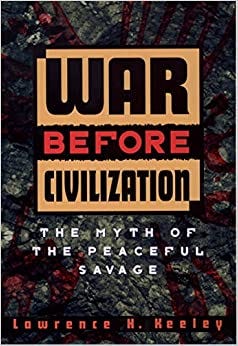
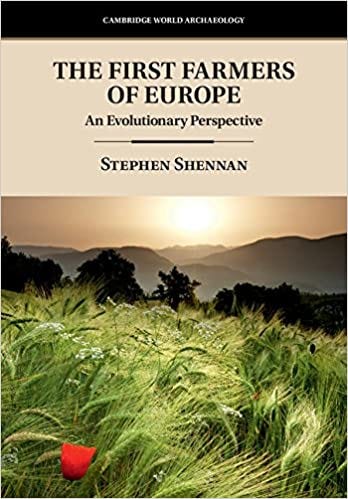
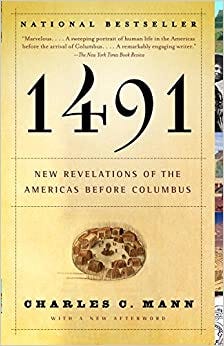
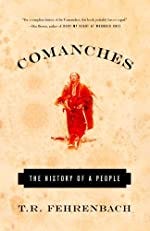
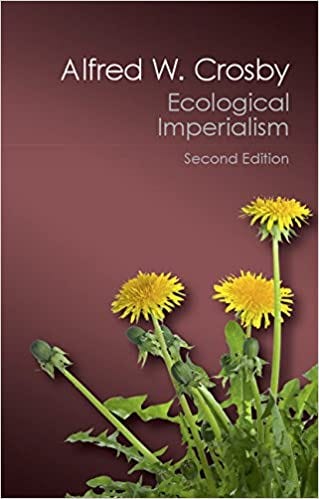
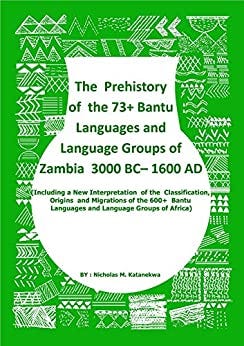
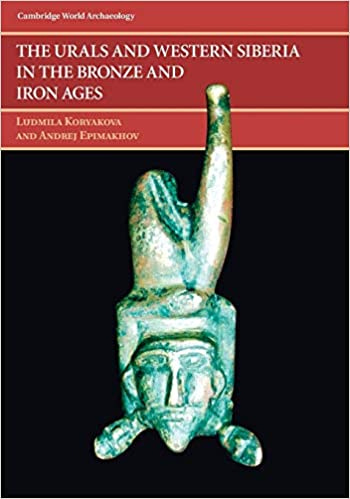
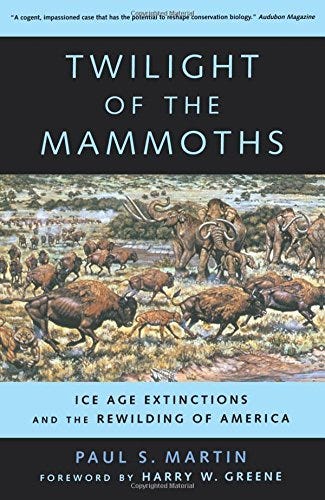
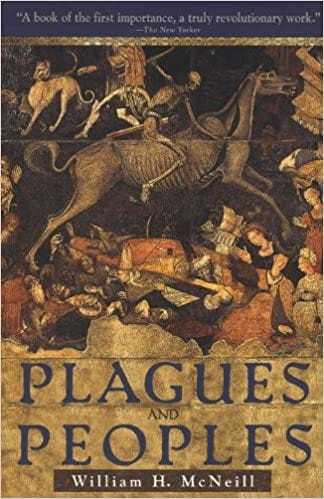
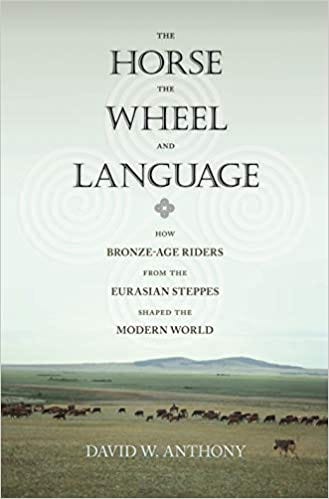
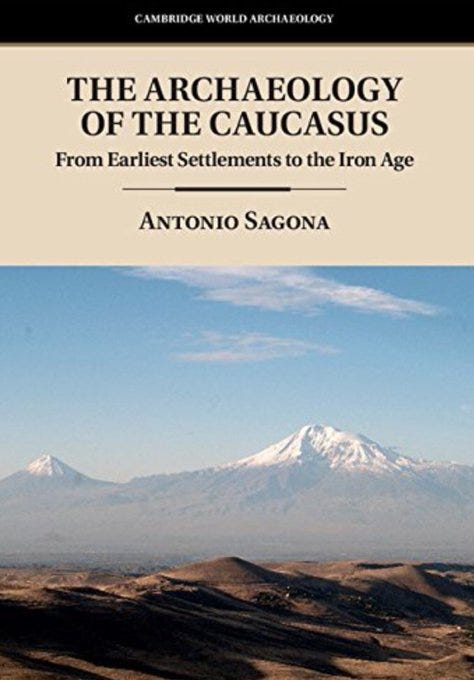
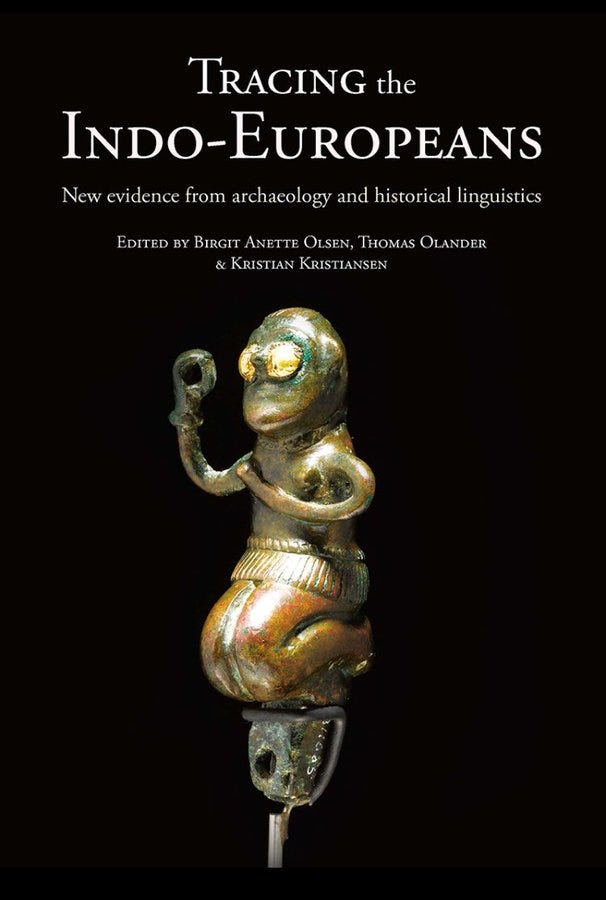
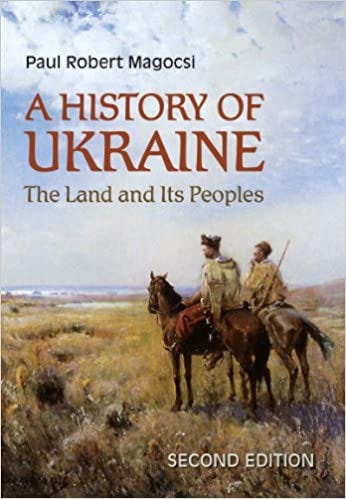
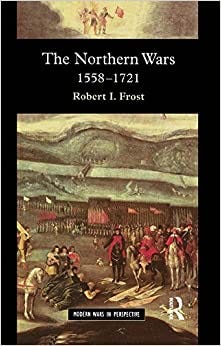
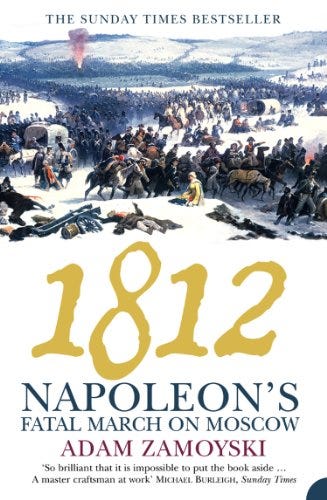

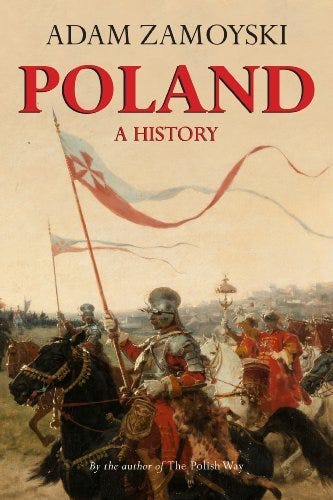
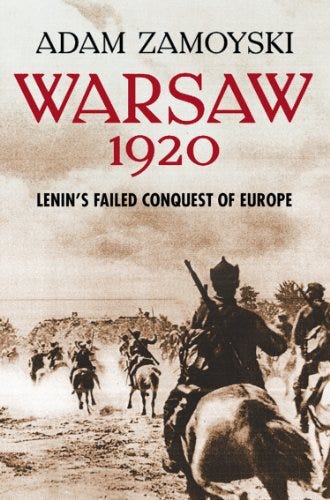
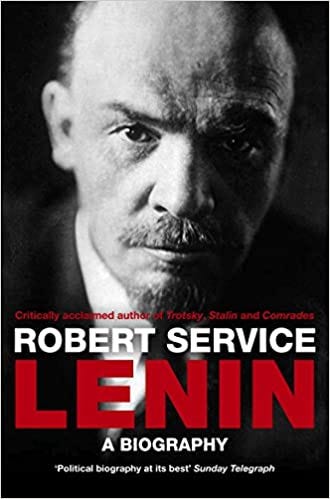

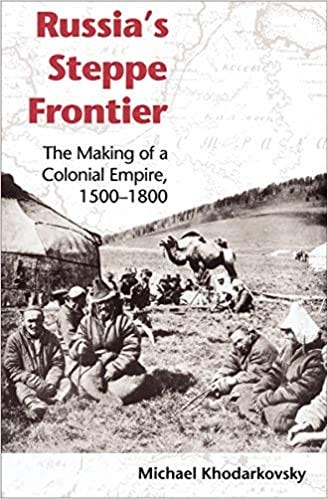
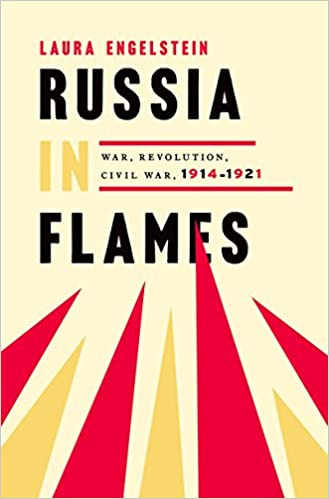
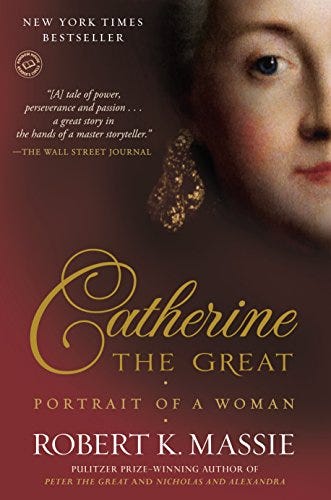
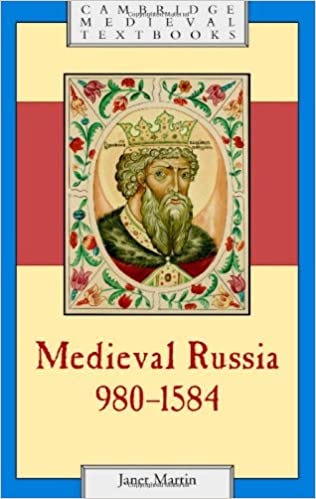
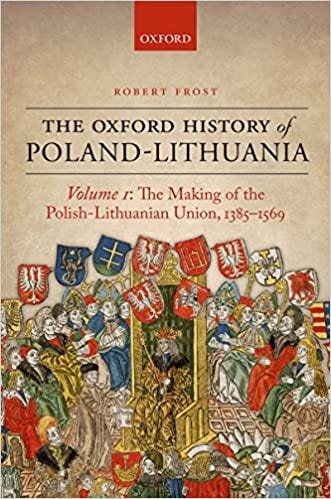
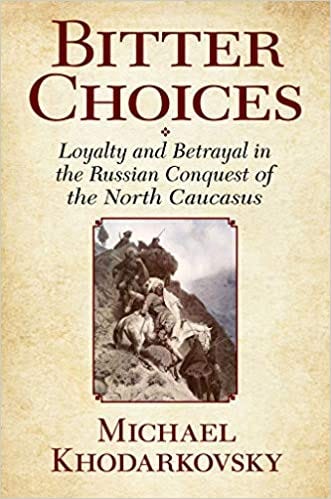


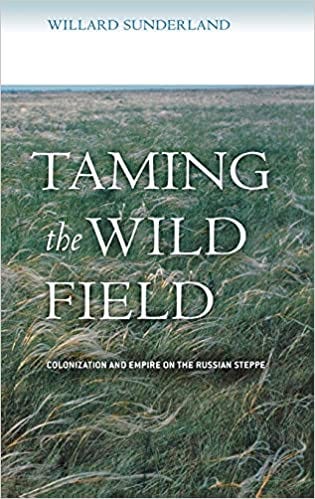
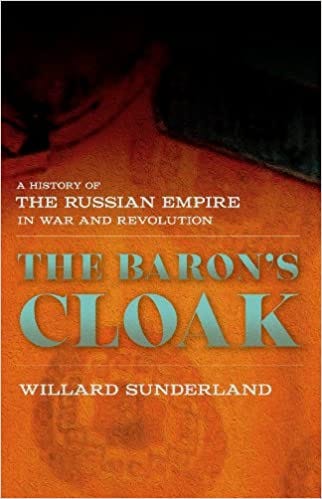
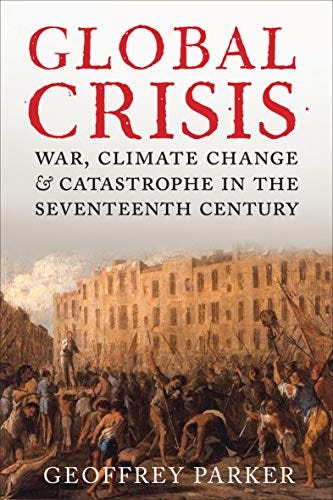
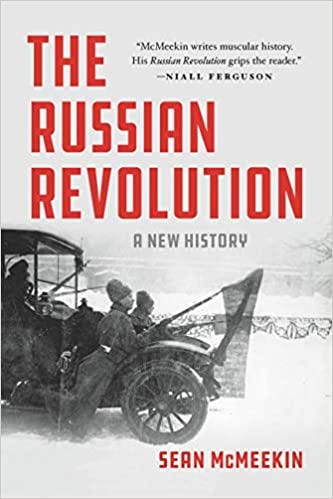
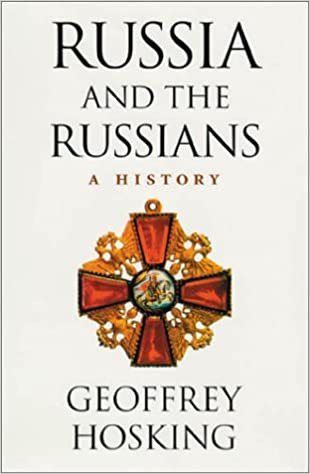
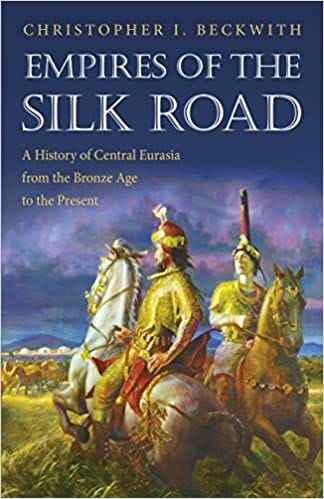
Very thorough list. Thanks, bro.
Since you like Zamoyski, I highly recommend his Napoleon biography, just in case you do not know it already. He is far more insightful than Roberts.
Zamoyski writes little about military matters, but instead gives a convincing account of Napoleon's personality, the legitimacy of his rule and the circumstances of the time he lived in.